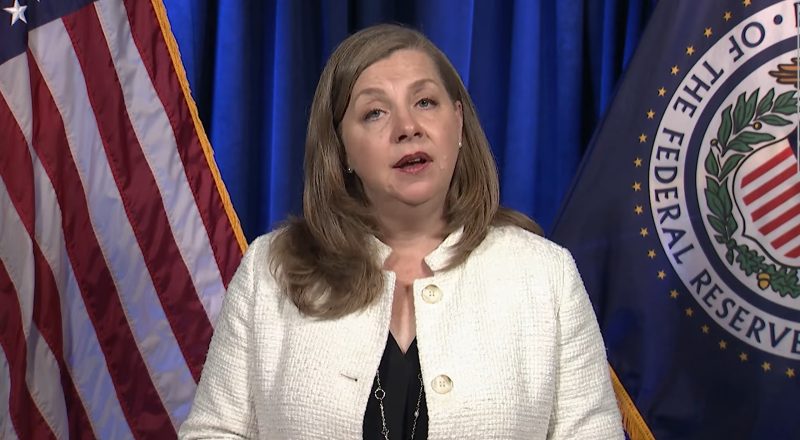Federal Reserve Governor Michelle Bowman believed that implementing U.S. central bank digital currency (CBDC) could pose significant risks and tradeoffs for the country’s economic system.
The Fed’s Governor this at the Harvard Law School event in Washington on October 17.
Bowman highlighted that there had been no compelling arguments that could solve financial frictions within the payment system than available alternatives.
The Federal Reserve recently launched , an instant payment option to simplify payments for U.S. residents.
Bowman stated that FedNow is the best alternative as it is designed to make daily payments faster and allow users to receive funds with same-day access.
She stated that the payment solution has enabled small businesses to manage cash flows without delays and implored future innovations to build upon these services to address financial inclusions effectively.
Meanwhile, Bowman brought stablecoins to the discourse. She argued that while the Fed supports responsible financial innovations that benefit consumers, stablecoins could pose risks to investors and the broader U.S. banking system.
The Fed’s boss backed her claim by stressing that stablecoins are supposed to have convertibility one-for-one with the dollar.
However, recent occurrences have shown the asset to fall short of security, stability, and regulation than conventional forms of money.
Fed’s Board Member Slams CBDC as “Nothing Revolutionary”
A board member of the Federal Reserve, Christopher Waller, has stated that there is “nothing revolutionary” about the U.S. integrating a digital dollar over the already functional traditional banking system.
The was made at an event hosted by the Brookings Institution Falk Auditorium on October 6.
The event was themed “” and entailed insights on the approval of CBDC and the supposed benefits of banking systems.
Waller that the purported benefit of a digital dollar remains unclear and expressed that a future implementation would require the U.S. law to change and Congress approval.
In a question about the FedNow solution, which the Fed introduced on July 20, Waller highlighted that the payment method modernizes the U.S. banking system through its instant transactions.
While there’ve been many arguments on whether CBDC can provide the general public with a secure and faster means of digital transactions and remittance, approval seems to be off the table.

